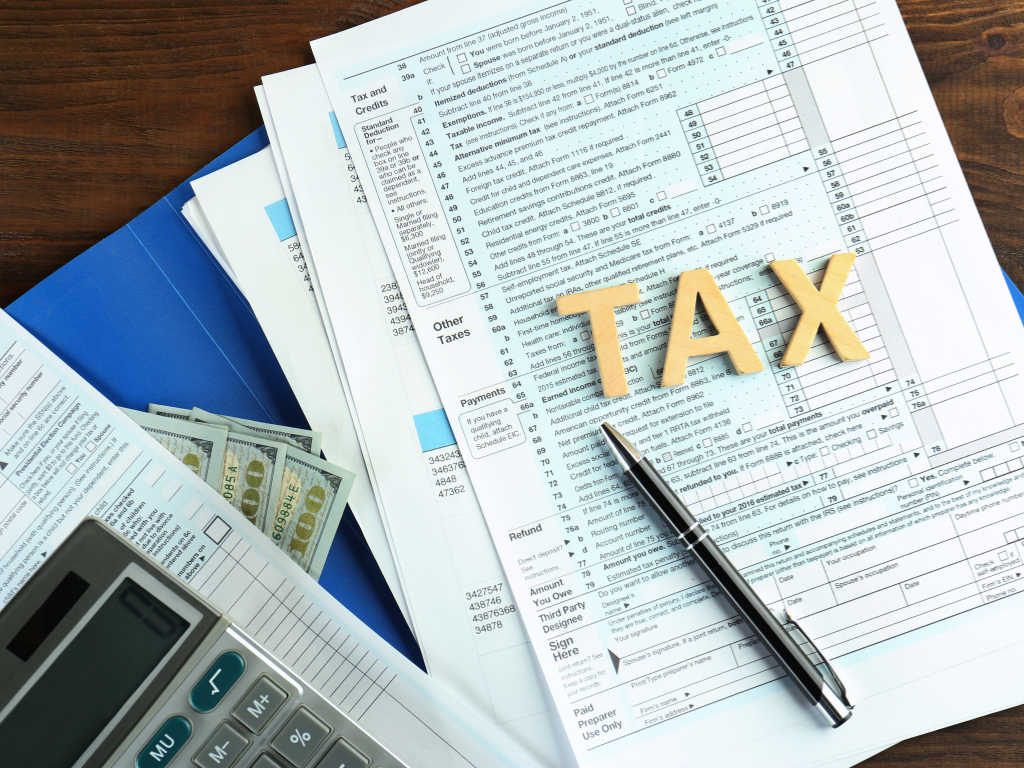The Internal Revenue Service reminds taxpayers to review their 2019 tax withholding using the IRS Withholding Calculator and make any changes with their employer as soon as possible.
This is especially true for anyone who adjusted their withholding during the middle or later parts of 2018. That’s because a mid-year withholding change, only affecting part of 2018, may have a different impact if it remains in effect for all of 2019. If withholding is too high or too low in 2019, the unintended result could be a change to the taxpayer’s refund or tax bill next year. Adjusting their withholding after doing a Paycheck Checkup can help taxpayers avoid this outcome.
Checking withholding is a good idea every year. It’s even more important this year. In addition to taxpayers who adjusted their withholding in 2018, others who should do a Paycheck Checkup this year include those who:
- Owed tax when they filed their tax return this year.
- Had a refund that was larger or smaller than expected.
- Had life changes such as marriage, childbirth, adoption, or buying a home.
- Had changes to their income.
Most people are affected by changes made in the tax reform legislation enacted in December 2017. These changes included lowered tax rates, increased standard deductions, suspension of personal exemptions, the increased Child Tax Credit and limited or discontinued deductions. Just because a change didn’t apply to a taxpayer last year doesn’t mean it won’t apply this year. Changes may include the need to make an adjustment to withholding.
This includes taxpayers who:
- Have children and claim credits, such as the Child Tax Credit.
- Have older dependents, including children age 17 or older.
- Itemized deductions in the past.
- Are a two-income family.
- Sourcing of gross income to the QOZ business
- Have two or more jobs at the same time.
- Only work part of the year.
- Have high income or a complex tax return.
Those with more complex situations may need to use Publication 505, Tax Withholding and Estimated Tax, instead of the Withholding Calculator. This includes employees who owe self-employment tax, the alternative minimum tax or tax on unearned income from dependents. It can also help those who receive non-wage income, such as dividends, capital gains, rents and royalties. The publication includes worksheets and examples to guide taxpayers through these special situations.
When to check withholding
The IRS urges everyone to do a Paycheck Checkup as early in the year as possible. This way if a tax withholding adjustment is needed, the amount of tax to be withheld can be spread across more paychecks remaining in the year. Waiting means the remaining tax owed will need to be withheld from fewer paychecks so more will have to be taken from each one.
Tax Planning is for everyone
The IRS Withholding Calculator can help taxpayers get their withholding right for their situation. What taxpayers do to adjust their withholding now may affect the tax they could owe or the refund they expect next year. Tax planning now, including doing a Paycheck Checkup, can help ease possible tax consequences of changes in income or family situation during the year.
On the one hand, it can help protect a taxpayer against having too little tax withheld and facing an unexpected tax bill or even a penalty at tax time next year. On the other hand, this useful tool can also help a taxpayer who prefers to get a refund estimate how much more income to ask their employer to withhold from their paychecks so that they will instead get a refund when they file their tax return. When using the calculator, it’s helpful to have a completed 2018 tax return and a recent paystub available for all jobs held by both spouses if married and filing jointly.
How to change withholding
Employees can use the results from the Withholding Calculator to see if they need to complete a new Form W-4, Employee’s Withholding Allowance Certificate, and submit it to their employer. Don’t send this form to the IRS. In some instances, the calculator may recommend that the employee also have an additional flat-dollar amount withheld each pay period.
Those who don’t pay taxes through withholding, or pay too little tax that way, may still use the Withholding Calculator to determine if they need to pay estimated tax to the IRS quarterly during the year. Those who are self-employed generally pay tax this way.
Determining how much to withhold depends on your unique financial situation. The professionals at Payne Nickles can help, call us today for a paycheck checkup.
Sandusky
419-625-4942
Norwalk
419-668-2552
Treasury Circular 230 Disclosure
Unless expressly stated otherwise, any federal tax advice contained in this communication is not intended or written to be used, and cannot be used or relied upon, for the purpose of avoiding penalties under the Internal Revenue Code, or for promoting, marketing, or recommending any transaction or matter addressed herein.
 Home
Home Sign In
Sign In Make a Payment
Make a Payment Search
Search











